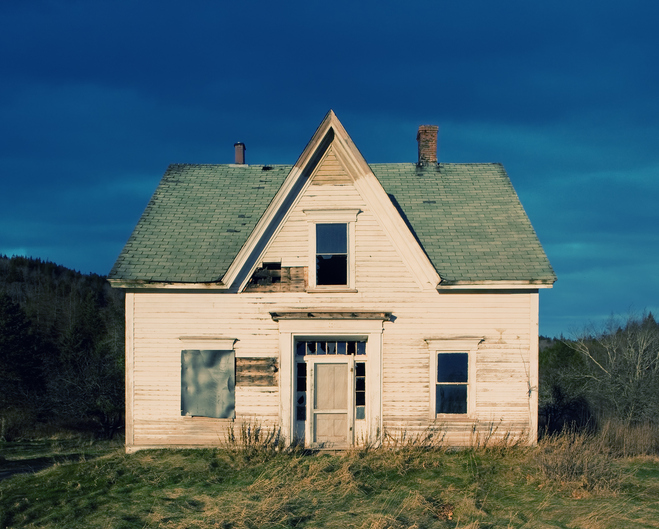Pennsylvania is a great state to reside in if you want to live longer. Well, on average, that is.
Of the commonwealth’s 18 metro areas, 10 areas have a longer life expectancy than the average American, according to a recent report by 24/7 Wall St.
Residents in State College boast the longest life expectancy in Pennsylvania, with an average lifespan of 80.4 years. The national average is 78.5 years, nearly two years less than the State College area.
A lower obesity rate, 23.9 percent, compared to a national average of 27 percent, most likely contributes to the longer life span. Additionally, only 12.2 percent of residents in State College smoke, as opposed to 20 percent nationwide.
On the other hand, the life expectancy in Johnstown is the shortest in Pennsylvania. Residents there have a life expectancy of 77.1 years, nearly a year and a half less than the national average. A high obesity rate- 31.9 percent, which is almost 5 percent higher than the national average- most likely impacts the lower life expectancy. Additionally, only 71.9 percent of adults in Johnstown exercise regularly, nearly four percent less than the state’s average of 75.8 percent.
Interestingly, the poverty rate in State College is 18.6 percent, more than 3 percent higher than Johnstown’s average of 15.4 percent. While 24/7 Wall St. noted that poor social and economic conditions could contribute to a lower life expectancy, it is not always the case.
The San Jose, California metro area has the longest life expectancy in the U.S. with 83 years. The shortest life expectancy is 73 years in Gadsden, Alabama.
Topics
Member Discussion
Recent Articles
-
New Construction Homeowners Take on More Maintenance
- April 8, 2025
- 2 min. read
Homeowners of new construction homes spend more on maintenance, complete more seasonal maintenance and feel more prepared for natural disasters, according to a survey by Hippo.
-
Is Gen Z’s Debt Preventing Homeownership?
- April 7, 2025
- 2 min. read
Of all generations, Gen Z has the highest average personal debt of $94,102, according to research from Newsweek.
-
Nearly 6.5 Million Homes Classified as Inadequate in 2023
- April 4, 2025
- 2 min. read
In 2023, 6.45 million homes, equivalent to about 5% of the U.S. housing stock, were classified as inadequate. Of those, 1.65 million were severely inadequate.
Daily Emails
You’ll be the first to know about real estate trends and various legal happenings. Stay up-to-date by subscribing to JustListed.



